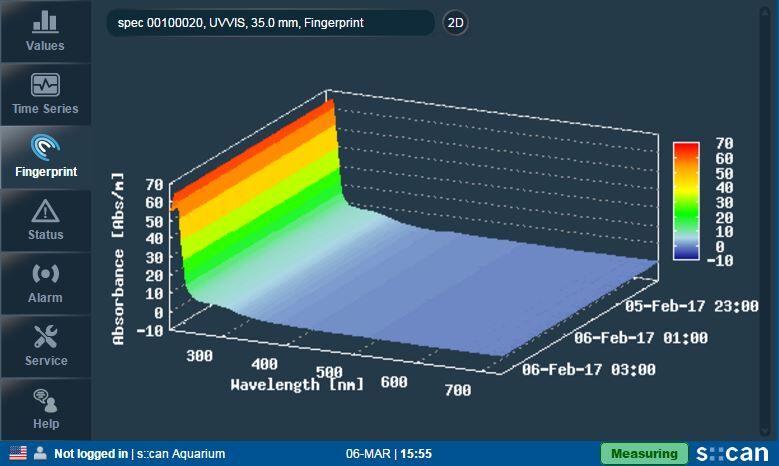What is ana::tool event detection and how does it use UV-Vis spectroscopy to identify events?






Knowledgeable, experienced staff.
Need some advice or support? We’re here to help.
If you need a call back about how Process Measurement and Analysis can help you or have any questions at all please feel free to contact us at [email protected]. A member of our experienced team will contact you directly.

